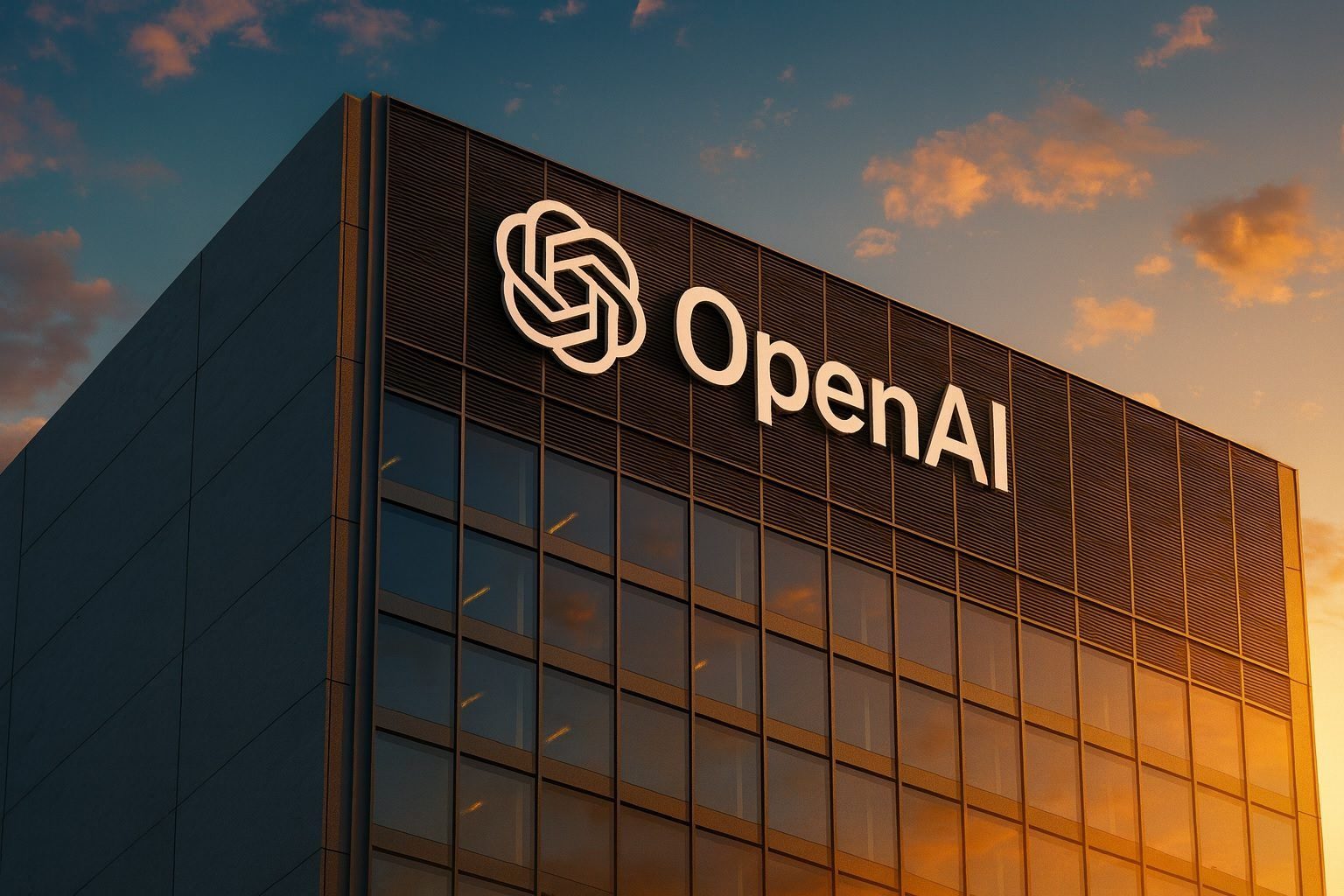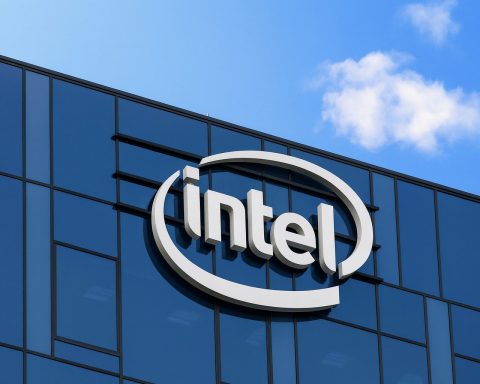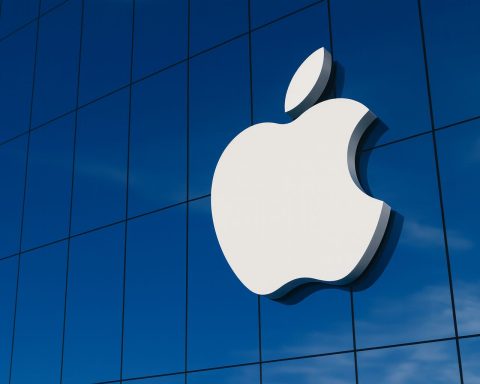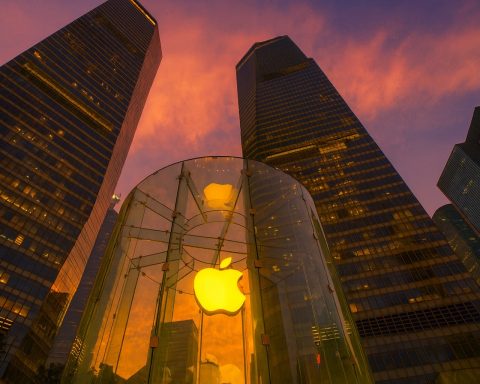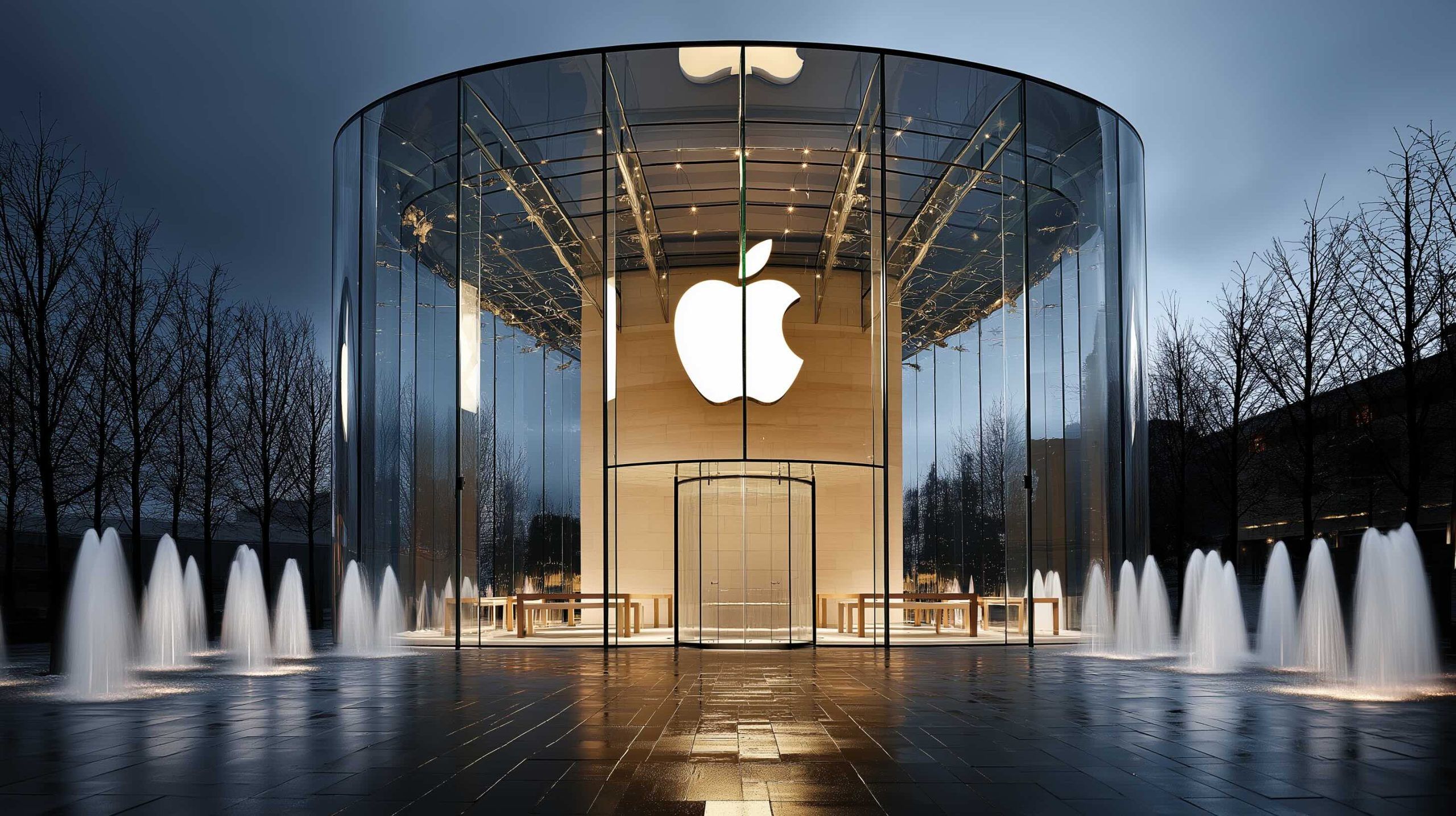Published: November 24, 2025
OpenAI’s long‑rumored hardware push with legendary Apple designer Jony Ive is no longer just vapor. On the same day that Sam Altman and Ive publicly teased “elegantly simple” AI devices already in prototype, multiple reports say OpenAI has poached more than 40 Apple hardware engineers in about a month — a talent raid that’s starting to look like a full‑blown front in the AI hardware war between OpenAI and Apple. [1]
A stealth AI device that’s “elegantly simple” — and nearly ready
At Emerson Collective’s Demo Day ’25 in San Francisco last week, Laurene Powell Jobs sat down on stage with Sam Altman and Jony Ive to discuss the secretive hardware they’ve been building together inside OpenAI. The interview, released today, confirms that the project has moved from concept to working prototypes and is on track to be revealed in under two years. [2]
Ive described the device as “elegantly simple” with a dash of playfulness — a deliberate contrast to today’s dense, notification‑flooded smartphones. Altman echoed that the design is so stripped back that “so much can fall away” because AI takes on more of the cognitive load for the user. [3]
Key details from the Axios report and the on‑stage conversation: [4]
- Ive confirmed the device is already in prototype form and suggested the first product could appear in less than two years — sooner than the original 2026 target.
- The team is focused on making a device users feel emotionally drawn to: something you want to touch and use “almost without thought,” more like a natural tool than a computer.
- Altman said the device is designed around the idea that it could “know everything you’ve ever thought about, read, [and] said,” hinting at deep, persistent personalization powered by OpenAI’s models.
- Ive’s internal design test, according to Altman, was whether the object felt so appealing that you’d almost want to “take a bite out of it” — a quirky but telling benchmark for emotional resonance.
The overall picture: OpenAI and Ive are trying to give AI a physical body that feels less like a gadget and more like a friendly, almost toy‑like companion — but backed by some of the most powerful models in the world.
OpenAI’s hiring spree: 40+ Apple engineers in a month
If the device sounded theoretical before, today’s reporting on staffing makes it feel very real.
According to new coverage from The Times of India, India Today and Finance Magnates, OpenAI’s devices group has hired more than 40 people in roughly the last month, with a large share coming directly out of Apple’s hardware engineering organization. [5]
Those hires reportedly include: [6]
- Senior directors and managers
- Camera engineering specialists
- iPhone and Mac hardware engineers
- Silicon design experts
- Device testing, manufacturing and reliability engineers
- Audio, smartwatch and Vision Pro team members
Some of the names associated with the project over the past months read like a who’s‑who of Apple’s hardware era: former Apple industrial design head Evans Hankey and veteran hardware engineering executive Tang Tan are both now involved in OpenAI’s hardware efforts alongside Ive. [7]
Finance Magnates notes that this latest wave of hiring comes on top of OpenAI’s acquisition of Ive’s startup io, and frames the move as OpenAI “building a full‑blown consumer‑hardware capability” — not just dabbling in gadgets. [8]
The scale and speed of this hiring spree are what spook Apple insiders: this isn’t a slow drift of mid‑level engineers; it’s a concentrated migration of people who know how to ship premium, high‑volume consumer hardware.
The $6.4 billion bet behind the device: OpenAI’s acquisition of io
Today’s headlines sit on top of a huge strategic bet OpenAI already placed earlier this year.
Back in May, OpenAI agreed to acquire io Products, Inc., the stealth AI‑hardware startup co‑founded by Jony Ive and several longtime Apple collaborators, in a deal estimated at about $6.4–$6.5 billion in stock — one of the largest AI hardware bets to date. [9]
According to OpenAI’s own “letter from Sam & Jony” and subsequent reporting: [10]
- Ive and the creative collective LoveFrom began quietly collaborating with Altman and OpenAI around two years ago, exploring new ways of interacting with AI that go “beyond traditional products and interfaces.”
- Io gathered around 55 engineers and designers, many of them Apple veterans, to work on novel form factors specifically for the AI era.
- With the merger, the io team has been folded into OpenAI, while LoveFrom stays independent but takes “deep design and creative responsibilities” across OpenAI’s software and hardware.
In May, OpenAI and Ive were still talking about a 2026 launch window for the first device. The new Emerson Collective interview suggests that timeline is accelerating — likely enabled by the influx of Apple talent and the now‑integrated io team. [11]
Why Apple is nervous: talent drain and a Gemini‑powered Siri
This isn’t happening in a vacuum. Apple is chasing its own AI reboot at the same time — and the contrast between the two companies is growing sharper.
Reports cited in Times of India, India Today and Finance Magnates highlight several pressure points for Apple: [12]
- AI hardware roadmap under strain: Apple’s hardware team, led by John Ternus, is said to be working on smart home devices, a renewed robotics push, camera‑equipped AirPods, and smart glasses — all of which require exactly the kind of specialized engineering talent now decamping to OpenAI.
- Siri’s delayed evolution: Core improvements to Siri and Apple’s “Apple Intelligence” initiative have reportedly slipped into 2026, even as rivals ship faster‑moving assistants.
- Licensing AI instead of owning it: Apple is reportedly negotiating a deal on the order of $1 billion per year to license Google’s Gemini model to power a revamped Siri, instead of exclusively using its own models. [13]
For a company famous for end‑to‑end control — from silicon to software — relying heavily on a competitor’s AI model while seeing key engineers exit is a notable shift. Commentators quoted by Finance Magnates go so far as to argue that OpenAI is becoming the “Apple of AI,” in the sense that its name is becoming a stand‑in for the entire category, similar to how “iPhone” came to mean smartphone. [14]
That narrative may be overstated, but there’s little doubt that Apple is facing a double challenge: deliver credible AI breakthroughs while plugging a leak in some of its most experienced hardware ranks.
What exactly is OpenAI building?
So what could this “elegantly simple” device actually be?
OpenAI and Ive are still refusing to reveal the form factor, but previous comments and reporting across 2024–2025 give some clues: [15]
- Sam Altman has said explicitly that the product is “not a phone” and that trying to simply build a better smartphone would miss the point.
- Earlier analysis and leaks have suggested a small, wearable or screen‑light device — something closer to a smart pin, pendant or iPod‑shuffle‑style object that you can clip on or wear around your neck.
- OpenAI’s own materials and third‑party investigations have hinted at an ambition to move “beyond screens”, exploring cameras, microphones and other sensors as the primary interface, with AI handling understanding and response.
Combine those hints with today’s Axios interview, which emphasizes emotional appeal, simplicity and a sense of “whimsy,” and you get a plausible picture:
- A compact, possibly screenless device
- Rich voice and vision input, always connected to OpenAI’s models
- Strong personalization tied to your history, context and preferences
- Designed to feel more like a friendly object or accessory than a miniature phone
Still, until OpenAI shows the hardware, this remains informed speculation. The only hard facts are that prototypes exist, the design is nearly locked in, and a large, elite hardware team is now working full‑time on bringing it to market. [16]
Hardware is back at the center of the AI race
For the last two years, the AI story has been mostly about models — parameter counts, benchmark scores and who can train the next GPT‑level system. Today’s news underscores a shift: the next competitive frontier may be devices, not just datasets.
The OpenAI–Ive project, backed by billions in acquisition spending and wave after wave of Apple talent, suggests several bigger trends: [17]
- Vertical integration is coming to AI.
What Apple did for the PC and smartphone era — tight integration of hardware, software and services — OpenAI appears intent on doing for AI. A dedicated device could let OpenAI optimize silicon, design and UI around its models in a way that’s impossible on generic phones and laptops. - Interfaces are up for reinvention.
From Altman’s own comments, OpenAI doesn’t think current UI patterns (apps, icons, web pages) are the final answer for AI. A dedicated device is a chance to invent a new “GUI for AI,” centered on natural language, context and environment rather than taps and swipes. - Ecosystems could be reshuffled.
If OpenAI ships compelling hardware, it won’t just compete with Apple; it will force every platform company — Google, Microsoft, Meta, Amazon — to decide whether to build their own AI devices, deeply integrate with OpenAI’s, or risk being sidelined as “just an app” on someone else’s hardware. - The war for talent is now the war for advantage.
The details emerging today highlight how much of this battle is fought engineer by engineer. Institutional knowledge about designing batteries, antennas, camera stacks or manufacturing lines can’t be easily bought; it has to be hired — and OpenAI is clearly willing to pay for it. [18]
What this means for consumers
For everyday users, nothing changes immediately — there’s still no product to buy. But if you zoom out, Nov. 24, 2025 marks a turning point in how concretely we can talk about AI hardware:
- We now know prototypes exist, and the launch window is measured in months, not “someday.” [19]
- We know OpenAI has acquired and integrated a specialized hardware startup and is aggressively staffing around it. [20]
- We know Apple, the company that defined modern mobile hardware, is treating this as a “problem” internally as it loses experienced engineers while simultaneously looking outside for AI models. [21]
If OpenAI and Ive succeed, the way you “use ChatGPT” in a couple of years might look less like opening a web page or app — and more like putting on a small, delightful object that quietly understands your environment, your tasks and your preferences, and simply does things for you.
If they fail, it will be a high‑profile reminder that even in the AI age, building world‑class hardware is brutally hard, even with famous designers and mountains of cash.
Either way, the race is on — and as of today, OpenAI isn’t just a software lab anymore. It’s a hardware company in the making.
References
1. www.axios.com, 2. www.axios.com, 3. www.axios.com, 4. www.axios.com, 5. timesofindia.indiatimes.com, 6. timesofindia.indiatimes.com, 7. timesofindia.indiatimes.com, 8. www.financemagnates.com, 9. www.sharecafe.com.au, 10. openai.com, 11. www.axios.com, 12. timesofindia.indiatimes.com, 13. www.financemagnates.com, 14. www.financemagnates.com, 15. www.axios.com, 16. www.axios.com, 17. www.sharecafe.com.au, 18. timesofindia.indiatimes.com, 19. www.axios.com, 20. www.sharecafe.com.au, 21. timesofindia.indiatimes.com
